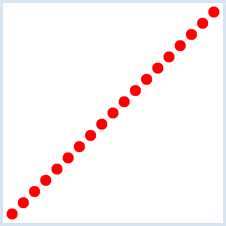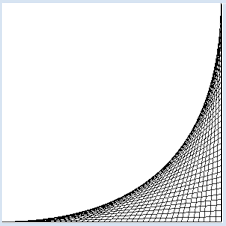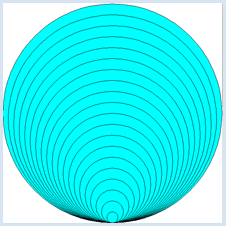| HomeTurtlegraficsGPanelRobotics WebTigerPython |
| Python - Online |
| Deutsch English |
6. while-loop
![]()
YOU LEARN HERE... |
how to deal with one of the most important program structures. The while loop can generally be used for any type of repetition and is found in practically all programming languages. |
EXAMPLES |
A while loop is introduced with the keyword while , followed by a condition and a colon. As long as the condition is fulfilled, the commands are repeated in the subsequent program block. The comparison operators < (smaller), <= (smaller-equal), > (larger) >= (larger-equal), == (equal), != (different) are usually used in the condition. A while loop usually requires a variable that is assigned a start value at the beginning and a value change after each loop pass. Example 1: Drawing a series of points Program:
Program:
Program:
Program:
|
REMEMBER YOU... |
A while loop is introduced with the keyword while , followed by a condition and a colon. A while loop usually requires a variable that is assigned a start value at the beginning and a value change after each loop pass. By using nested while loops make sure that the program blocks are indented correctly. |
TO SOLVE BY YOURSELF |
1) |
|
 |
2) |
|
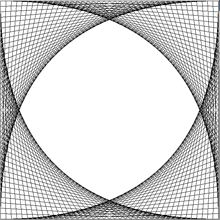 |
3) |
|
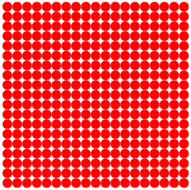 |
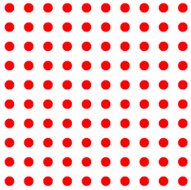 |
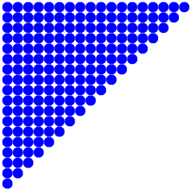 |
![]()
